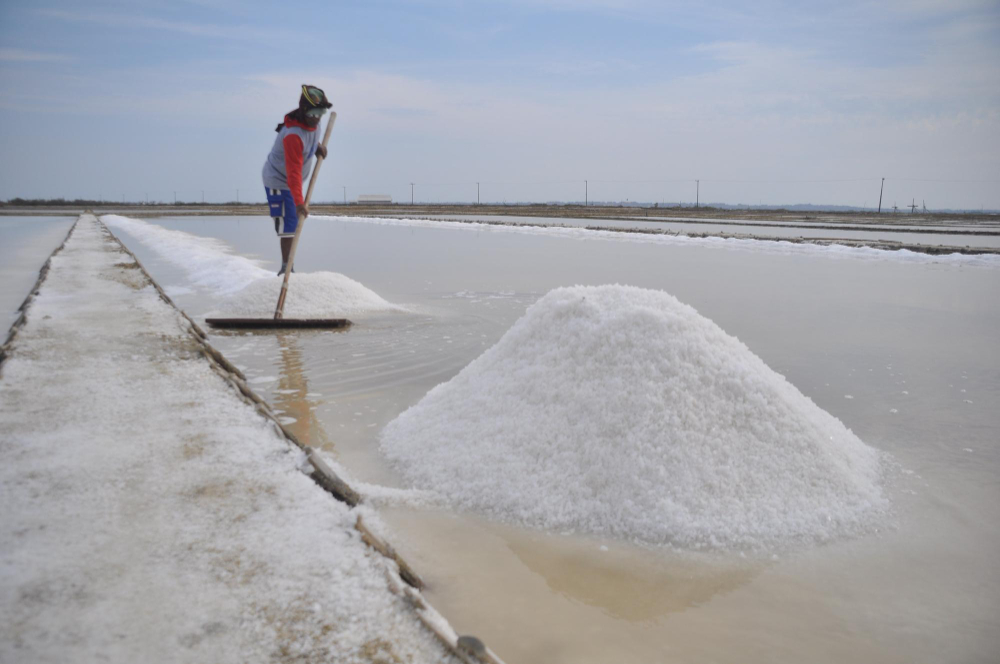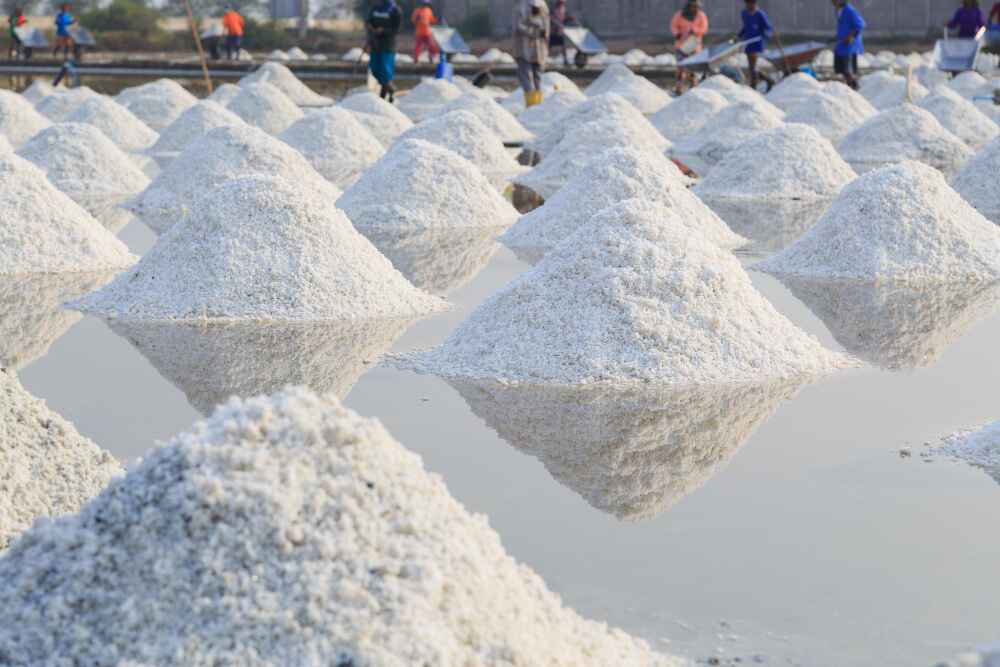Many industries use salt, one of the most essential materials in the world. Big companies that export and make salt control the market, allowing the salt export business to meet people’s wants worldwide. How do these significant figures stay so strong in the industry? This article will talk about the strategies, benefits, and problems that manufacturers and salt exporters in Gandhidham face.
1. Understanding Salt Demand Globally
The need for salt is vast, and businesses worldwide need vast amounts of this vital mineral for many uses. Salt can season food and keep it fresh, but it can also soften water, make chemicals, and clear snow off roads in colder places.
Salt exporters benefit from meeting all of these different and significant needs. Countries like India, China, the US, and Australia, which have a lot of natural salt, are often the most prominent producers. Making a lot of salt and having access to massive deposits gives salt makers in these countries an edge when meeting demand at home and abroad.
2. What role do efficient methods of production and extraction play?
Salt manufacturers use advanced production and extraction methods to control the salt export market. Many ways exist to make salt, including mining, sun, and vacuum evaporation. The location and resources available affect the choice of method.
Solar Evaporation:
The cheapest way to do it is through solar evaporation, which is common in hot countries with access to salty water. The ocean in large salt pans evaporates naturally, leaving behind salt. Exporters who use solar evaporation can make a lot of salt for a low price, which makes them very competitive on the world market.
Mining:
Salt mining involves extracting salt deposits from mines, either deep or on the surface. This method requires more advanced tools and work, but it can extract high-purity rock salt from the ground used in industry.
Vacuum evaporation:
With heat and vacuum pressure, the water in the salt escapes, leaving only pure salt crystals behind. Additionally, it uses more energy, but the salt it makes is very pure, which makes it useful for food and medicine.
3. Strategic export partnerships and market reach
Salt exporters lead the salt export business by building strong trade relationships with buyers from other countries. They work with major importers, delivery networks, and logistics companies to maintain the supply chain. Exporters from big salt-producing countries often make long-term deals with countries that buy salt, ensuring steady demand and stable market conditions.
A significant market share is also essential for success. Salt exporters can utilize changing demand in various areas by entering multiple markets. For example, countries with colder temperatures need a lot of salt to melt snow and ice in the winter, while places that make a lot of food need high-quality salt all year. Diversifying your exports can lower the risks that come with changes in seasonal demand or markets that are already full.
4. Charge competitively and deliver quality
One of the main reasons salt manufacturers in Kutch control the global export market is that they can keep prices low while maintaining high-quality standards. In the salt market, there is a lot of price competition. Companies with access to big salt reserves and efficient production methods can sell their goods at lower prices, making them more appealing to buyers from other countries.
Another important factor is quality control. Countries that buy goods from other countries have strict quality standards that exporters must follow. This is especially true in the food and drug industries. Salt manufacturers producing high-purity salt and following ISO standards are more likely to export.
6. Future Salt Exports and Market Growth
The salt export business has a bright future because of rising global demand from food processing, industrial uses, and melting ice. However, companies that make salt must keep changing regarding environmental laws, production methods, and customer tastes.
With progress in environmentally friendly ways to grow crops and better shipping systems, salt exporters can reach more customers. As long as they are the biggest exporter of salt, they will keep their edge over others by investing in new ideas and looking for new markets.
Conclusion
Exporters and manufacturers control the world’s salt trade by using efficient production methods, building smart market relationships, setting competitive prices, and maintaining high-quality standards. Organisations need high-quality salt exports from India. These field leaders ensure they stay successful in a competitive market by dealing with problems and playing to their strengths.




